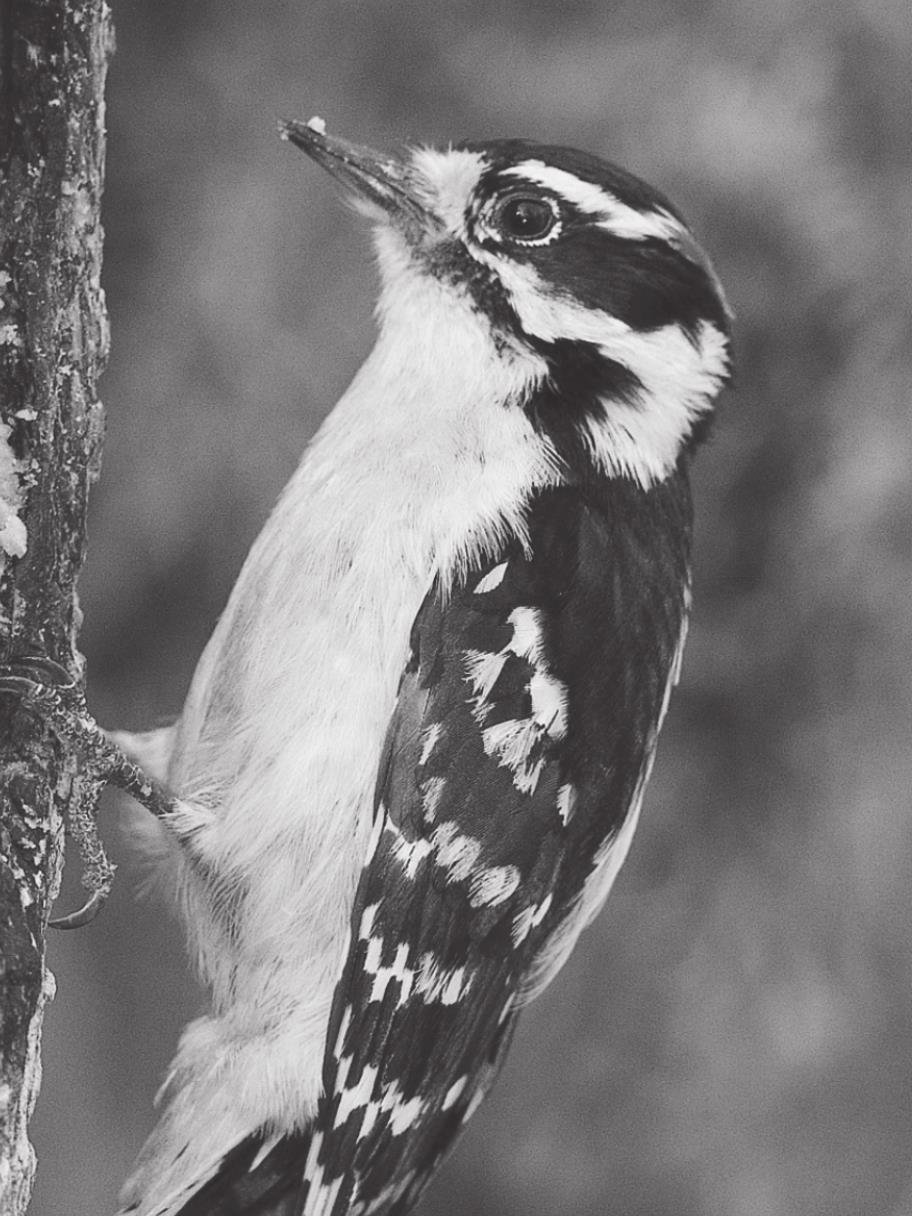
Photo from Metro Creative

EXPLORING NATURE: WOODPECKERS
What do woodpeckers and anteaters have in common?
Both use their tongues to get at food. The pileated woodpecker, for example, has a barbed tongue with a sticky tip and tiny muscles that allow the bird to twist the tongue in any direction. That means it can follow twisting tunnels, prying insects out of hiding places and trapping them against tunnel walls deep inside a tree.
Likewise, the anteater, a hairy mammal with a long snout, can poke that snout into mounds and use its extremely long tongue to seek out hiding ants and termites. At the Bronx Zoo, the anteater enclosure once had a plastic tube structure located outside its enclosure which was filled with food that the anteater would reach with its long, flexible tongue. I’m told it especially liked yogurt.
In addition to a long tongue, woodpeckers have another adaptation that sets them apart from other birds. They have a bony skull which has a sheath that allows their long tongue to wrap around the back and top of the skull.
Why don’t woodpeckers get concussions ramming their bill into tree wood?
Because their brains don’t weigh much and because their brains are oriented to absorb impact from the front. Human brains, by contrast, are more massive and oriented to absorb impact from below.
Also, woodpeckers have a layer of spongy bone at the base of their upper mandible that cushions impact there.
If you’d like to attract woodpeckers to your place, hang up a block of suet, available at many hardware stores, and you’ll probably attract a golden-fronted or a ladder-backed woodpecker, the two most common types in our area.











